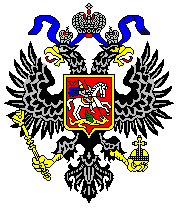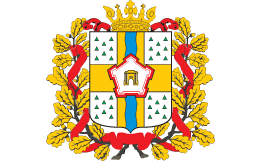[Home]
[Photographs] [Travel Information] [Map of Russia]
Omsk Information
 Omsk
Omsk
The city of Omsk, on the banks of the Irtysh and 0m rivers, is beautiful and
sweeping in a Siberian manner.
A beautiful site was chosen for the new fortress by Peter the Great's guardsman
Ivan Buchholz; when in spring of 1716 he and his detachment made a landing on
the shore of the Irtysh, at the place where this powerful Siberian river takes
the quiet 0m river into its broad riverbed. According to the edict of the Tsar
Peter the Great and his deputy in Siberia, Prince Gagarin, pioneers erected
fortification here to guard the southern Russian borders.
Thus, was founded the town of Omsk, which in our day has become the largest
industrial and cultural center in Siberia.
The city cherishes its past. The architects and antiquity lovers restored the
Serafimo-Alexeevskaya Chapel, which even now is surrounded by numerous legends.
One of the legends says that the Chapel was built in 1908 to commemorate the
birth of the Cesarevitch Alexei. Another tells that it was built to memorialize
the soldiers killed in Russia's war with Japan. The chapel was torn down in the
1920s and was rebuilt brick by brick as a project under the supervision of the
artist V. Desyatov.
The history of Omsk lives not only in the streets of the city, it lives in the
museums, in the inspirational works of Omsk artists, actors and historians.
The Omsk museum of local lore, history and economy is the oldest in Siberia. It
was founded in 1878 by the famous Siberian scientists, explorers and public
figures: M. Pevtsov, G. Potanin, N. Yadrintsev, and I. Slovtsov.